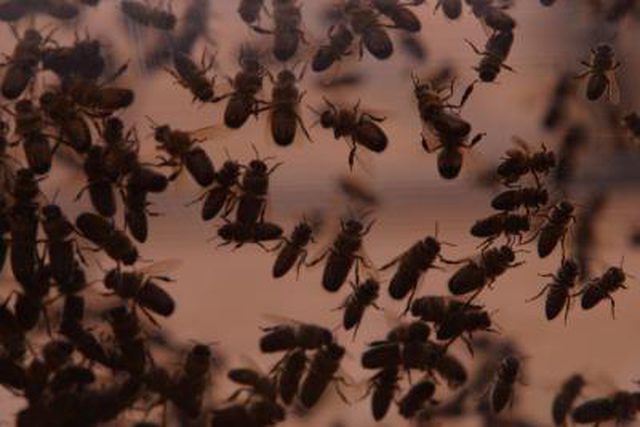Bulbs
Flower Basics
Flower Beds & Specialty Gardens
Flower Garden
Garden Furniture
Garden Gnomes
Garden Seeds
Garden Sheds
Garden Statues
Garden Tools & Supplies
Gardening Basics
Green & Organic
Groundcovers & Vines
Growing Annuals
Growing Basil
Growing Beans
Growing Berries
Growing Blueberries
Growing Cactus
Growing Corn
Growing Cotton
Growing Edibles
Growing Flowers
Growing Garlic
Growing Grapes
Growing Grass
Growing Herbs
Growing Jasmine
Growing Mint
Growing Mushrooms
Orchids
Growing Peanuts
Growing Perennials
Growing Plants
Growing Rosemary
Growing Roses
Growing Strawberries
Growing Sunflowers
Growing Thyme
Growing Tomatoes
Growing Tulips
Growing Vegetables
Herb Basics
Herb Garden
Indoor Growing
Landscaping Basics
Landscaping Patios
Landscaping Plants
Landscaping Shrubs
Landscaping Trees
Landscaping Walks & Pathways
Lawn Basics
Lawn Maintenance
Lawn Mowers
Lawn Ornaments
Lawn Planting
Lawn Tools
Outdoor Growing
Overall Landscape Planning
Pests, Weeds & Problems
Plant Basics
Rock Garden
Rose Garden
Shrubs
Soil
Specialty Gardens
Trees
Vegetable Garden
Yard Maintenance
How to Tell a Female Carpenter Bee From a Male Carpenter Bee
How to Tell a Female Carpenter Bee From a Male Carpenter Bee. Carpenter bees (the genus Xylocopa in the subfamily Xylocopinae) live throughout the world wherever woody plants abound, especially in forested regions. Many species live in the tropics. These bees resemble bumble bees, but they do not have the yellow markings. They are large, hairy...

Carpenter bees (the genus Xylocopa in the subfamily Xylocopinae) live throughout the world wherever woody plants abound, especially in forested regions. Many species live in the tropics. These bees resemble bumble bees, but they do not have the yellow markings. They are large, hairy bees. Being able to determine the gender of a carpenter bee is very easy. The characteristics between the two sexes are very distinct.
Take a look at the bee's behavior. Male carpenter bees often exhibit defensive behavior by flying around the heads of people who approach their nests.
Watch the bees to see if they fly in and out of nest holes and pay no attention to people. If you notice this type of behavior, it is a female bee. They have no desire to sting anyone unless extremely provoked.
Witnessing a carpenter bee outside means it is most likely a male. Females spend the majority of their short lives inside the nesting gallery, preparing food, laying eggs and closing up the brood cell with wood pulp.
Notice the stinger of the bees. Male carpenter bees have no stingers; they are harmless. Female carpenter bees do have stingers.
Look at the bodies of the bees. Male carpenter bees have a white, or cream-color spot on their heads between mandibles, and they appear to have a white "nose" on the face. A female carpenter bee does not have the spot.